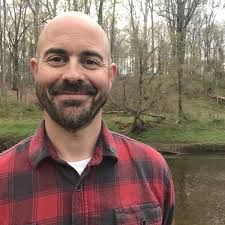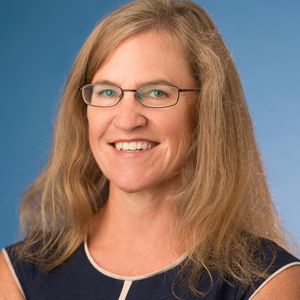Young People Are Stepping Up in Climate Conversations
Museums should meet them there
:focal(932x666:933x667)/https://tf-cmsv2-smithsonianmag-media.s3.amazonaws.com/filer_public/19/6b/196b60c3-b909-4b03-a6ae-ae8cc661b007/eytfplanting.png)
It is by now, a familiar scene - a climate conference somewhere in the world like the recent COP26 gathering in Glasgow. Thousands of young people on the front lines outside, protesting and demanding the global changes they deserve and that the world needs. Their actions hold the world accountable, and demonstrate the role they can and want to play in the conversation.
Young people are especially attuned to the existential crisis before us for obvious reasons; they will be disproportionately impacted. They carry with them the sense of urgency and frustration that comes with understanding how profoundly climate change will impact their lives. As such, their voices are critical to creating a more sustainable future. Youth champions like Greta Thunberg, Fridays for the Future, and the Sunrise Movement are household names and symbols for youth passion and action. But how about Adham, Cameryn, Skarlet, Amina, Colton, and Claire? As the Smithsonian has come to see firsthand, these students in Affiliate communities across the nation share the same deep concern for the health of the environment, and how global changes will locally impact the communities where they live, study and recreate. While you may not know them by name, their ideas and actions have the power to transform the cities they love.
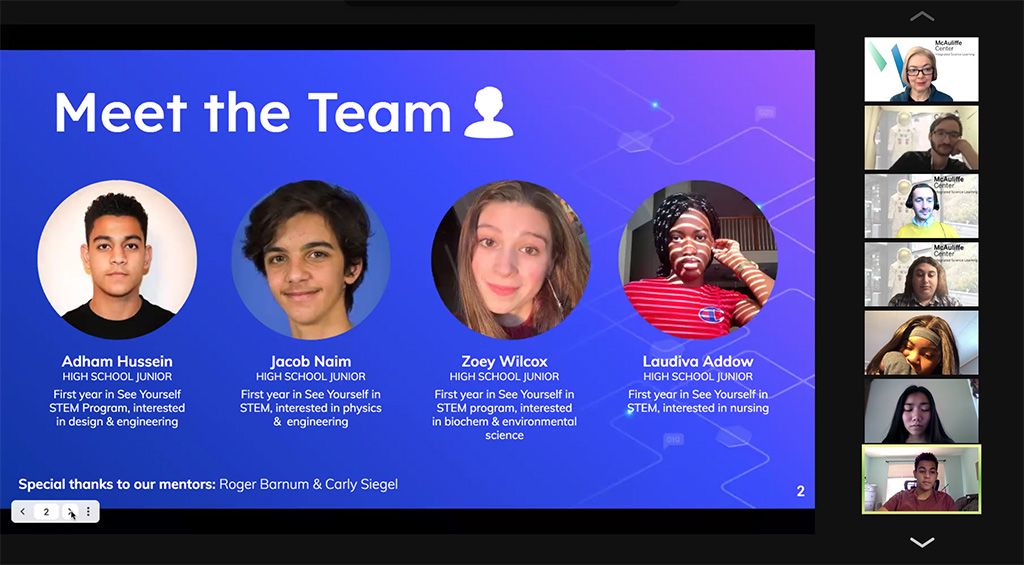
At multiple museum conferences this fall, educators from Smithsonian Affiliate organizations have shared the ways that they’ve emboldened their youth audiences to take a variety of actions for the environment that are specific to their communities. While we may be familiar with headline issues like the dangers of plastic waste, sea level rise, methane, and more emerging from climate talks, how these problems actually manifest look different in Miami vs. Montana; or Albuquerque vs. Alaska. Revealing these specificities is one of the powers of the Smithsonian Affiliate network. This climate programming was done in collaboration with Affiliate partners, Smithsonian Affiliations and staff of the Smithsonian's Conservation Biology Institute, using the intellectual framework of Earth Optimism. The Earth Optimism call to action aims to shift climate conversations from doom and gloom to a focus on sharing effective solutions at all scales that can be replicated. Working in 18 Affiliate communities over the last two years, the collaborative Earth Optimism Youth Action and Leadership project has taught us valuable lessons from young people in urban and rural communities from coast to coast. The project's two primary objectives are to provide locally-specific, project-based opportunities for sustainability action for young changemakers, and to do so in a way that deliberately and intentionally equips them with the leadership skills and support to make an impact on both their communities and their futures.
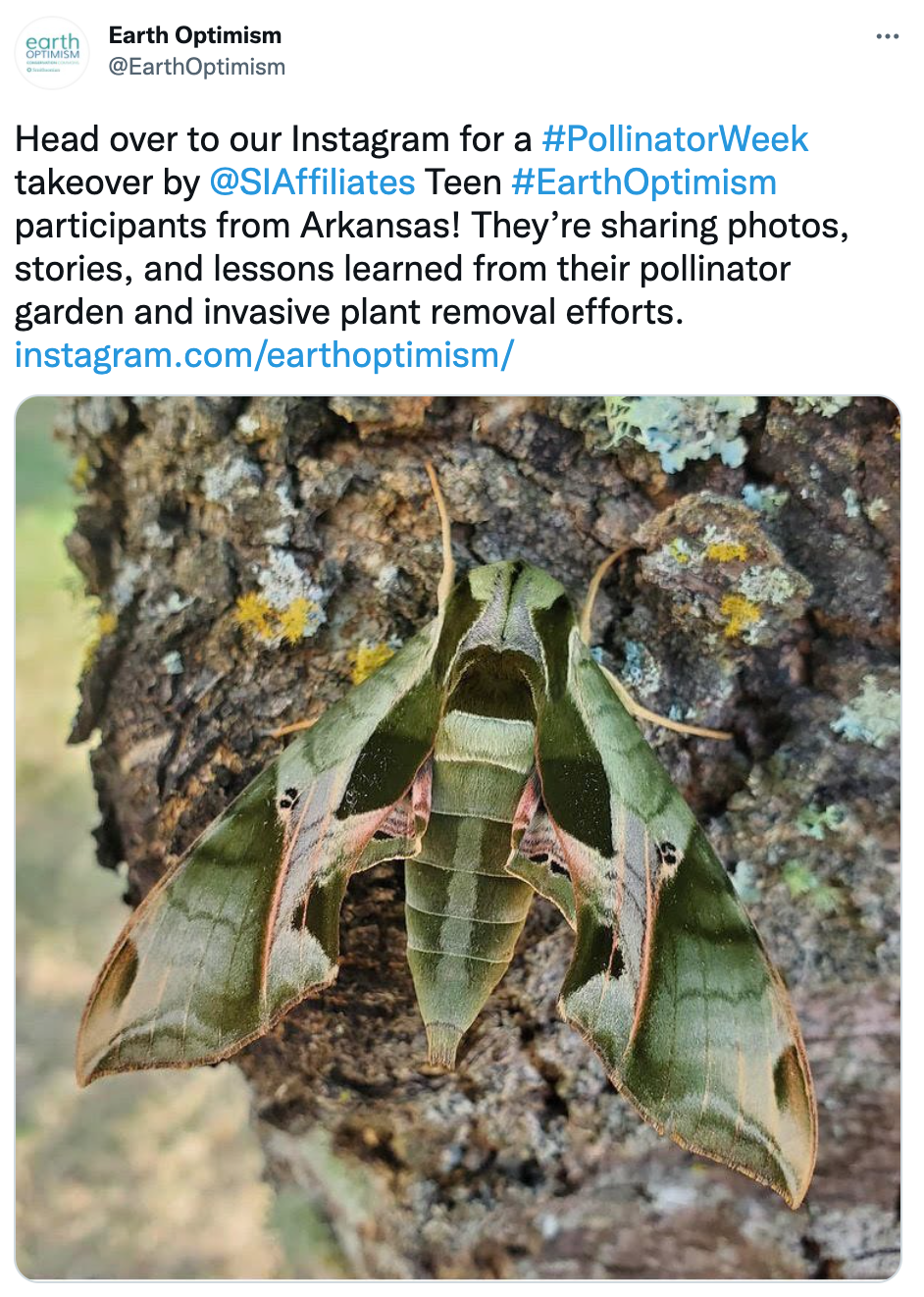
For the cultural sector, this project has demonstrated that youth concern for the environment presents a tremendous opportunity (one might argue for responsibility even) for community transformation. Museums, universities, science centers, aquaria and more are well positioned to serve this important constituency in meaningful ways. Educators universally agree on the need to provide young people with opportunities to take action, alongside knowledge building, about the causes of climate change. And still, beyond action is the potential to direct students' passion about the environment, and their unique talents to address it, toward leadership development. Our collaborative, evolving approach is designed to cultivate the justice- and science-literate leaders the world needs, while providing space for solutions they ideate and lead in their local areas. The outcomes show that encouraging youth to lead on the issues they care most about can transform communities, from school campuses and wildlife habitats to organizational attitudes and priorities.
The climate is not only a STEM issue
Natural history museums and science centers have traditionally been on the front lines of environmental issues, helping the public understand the facts about climate change, its rate and evidences, and the interrelated socio-ecological natural processes fueling it. Increasingly, students express an interest in, and growing understanding of, critical cultural issues, namely the complex histories and causes of environmental injustice, and the poignancy of indigenous knowledge and traditional practices. Equally important is the role that empathy plays in climate conversations; as celebrated naturalist David Attenborough famously noted, "No one will protect what they don't care about." As a result, storytelling is a powerful complement to scientific data as a way to provide an emotional, empathetic bridge to the urgency of conservation.
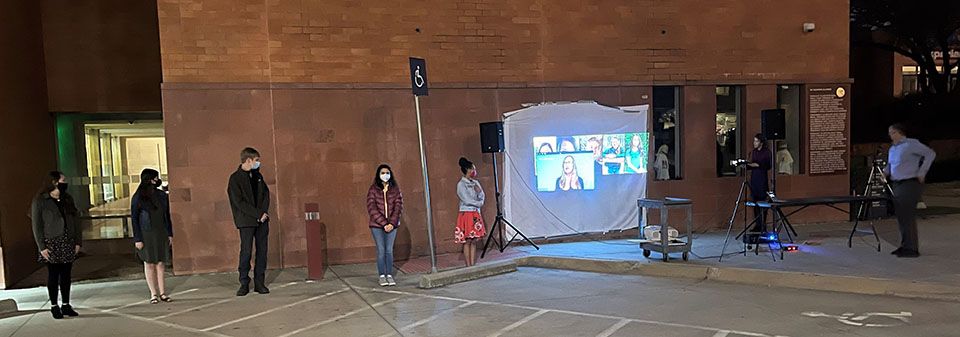
These necessary complements to scientific data represent an opportunity for art and cultural museums, performing art centers and historical societies to empower and support young leaders, alongside their science-focused peer institutions. The diversity of the museum and cultural field allows for multiple entry points for students that align with their interests and strengths. Art museums might offer opportunities for students to create murals, infographics or site-specific installations about the environmental issues that are important to them. Historical organizations might help students understand how youth activism has succeeded in the past, or how to activate civics to achieve community change. Culture-specific organizations might illuminate indigenous practices, the power of collective action and underrepresented conservation champions. All museums have a place in the climate conversation, and contributing to a robust community dialogue that includes youth empowerment and solutions rooted in social justice.
Trust
There are many young people in every community who want to take action on the environment, but don't know where to start. Their local museum's after school programs, summer camps, family days, youth docent or advisory boards - places they and their families already trust and may be engaging with - is a prime place to facilitate this action. Students not at the museum already may find their way there through collaborations with a local youth services partner.
It takes time for students to find their fit, the sweet spot in their personal Venn diagrams that encompass the issues they care most about, their unique talents to contribute, and the social environment that provides the comfort level to unleash both. Unlike classrooms, museums and informal learning programs offer this flexible time and space to facilitate the freedom to explore. Without the obligations and constraints of standards and testing, students in informal learning spaces take the time they need to discover and match their passion and their abilities with an expectation of meaningful impact.
Museum networks also unlock great potential for students. To cultivate leadership, it's important to introduce young people to the conservation ecosystem of the community, so that they can see themselves as part of it. By extension, this includes highlighting local environmental stewards who look like them. Museums can convene environmental leaders in NGOs or community-based organizations, municipal sustainability officials, green industry leaders, farmers, federal agency bureaus and more in their vicinity, to meet and talk with students about their community's specific challenges and ongoing solutions. This helps expose students to the breadth of green jobs available, and provides an opportunity for them to practice networking skills, and find out about internships and service opportunities. These connections reinforce that they too can be essential contributors to a community's environmental health. In fact, we need them to be.
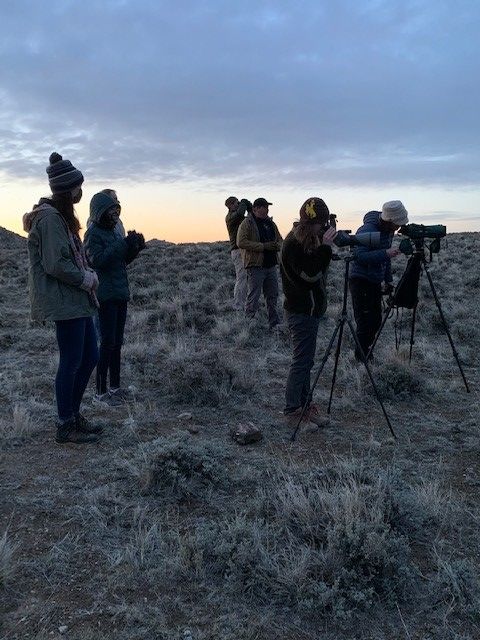
Mentorship
As a student in one of our Affiliate partners revealed, "My relationship with my mentor is unlike any other in my life. She's not being paid to help me succeed; she just believes in me that much." While it is important to help all students understand the causes and effects of climate change on their communities, realistically, a subset will find the resonance with environmental programming to go on to pursue academic and career leadership. As with most professions, mentorship is often the key to unlocking a mentee's trajectory in the field.
A museum's staff is fertile ground for mentors outside the education department. Mentorship can vary in commitment, making it accessible for a range of cultural professionals to interface with students at several depths. Mentoring students provides a creative opportunity for all kinds of museum personnel to share their expertise, be it a social media manager advising youth on persuasive communication, a CFO helping students devise a project budget, or an exhibition specialist helping them to amplify impact through displays of their efforts at their school. All efforts matter in such a networked mentoring approach. That is, a scientist or curator.
Horticulturalists, historians, government relations and external affairs specialists, scientists and curators and more with the inclination to mentor youth can participate in community impact through student successes that they help effectuate.
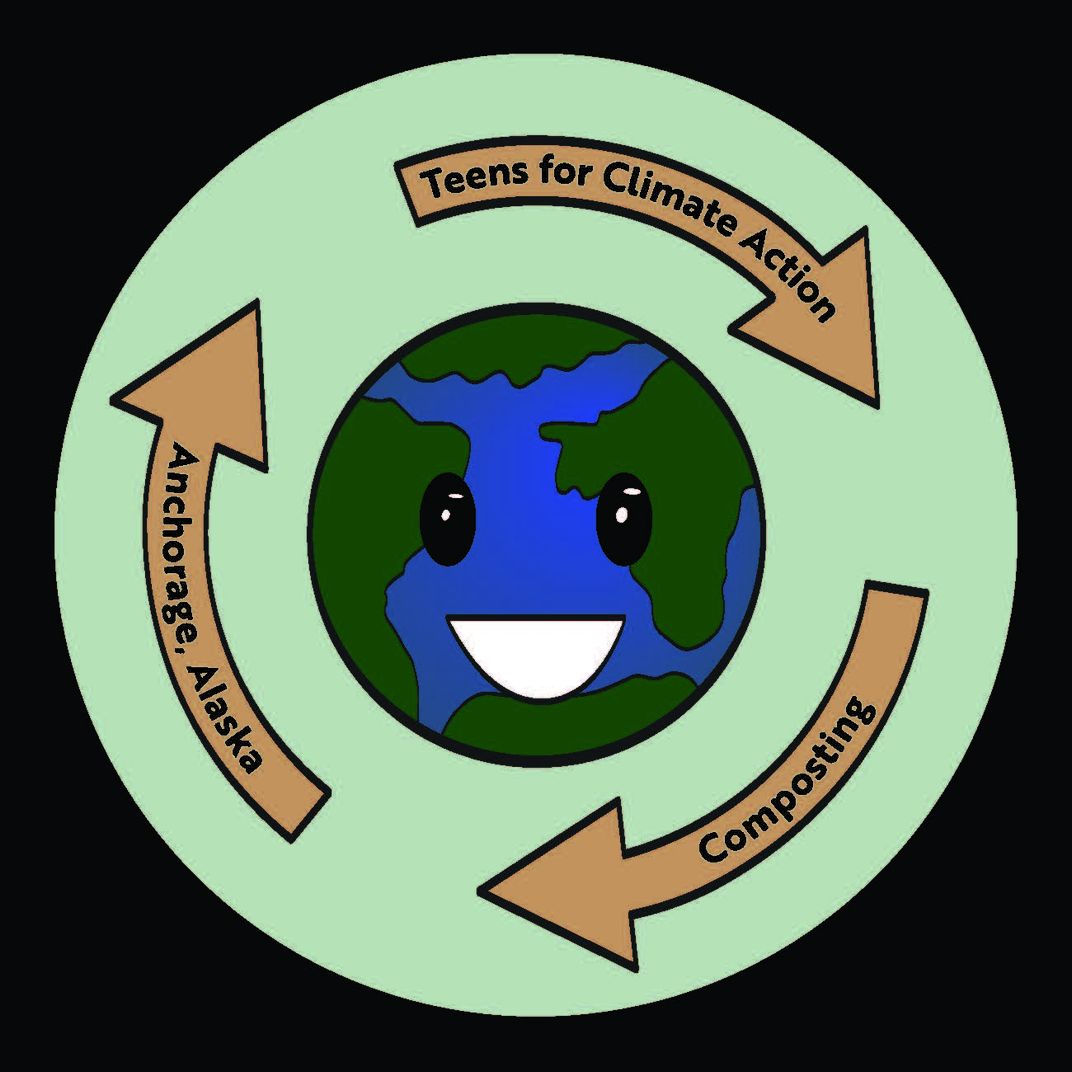
Committed mentors understand that they are advising a whole person toward success. That is, a teenager cannot focus on environmental solutions if he has no wifi, if she is hungry, or if they have to care for siblings during traditional afterschool time. Effective mentors offer the social and emotional support that accompanies knowledge building. Successful mentors are comfortable with uncertainty, and cede control over outcomes and processes to students. These mentors set a high bar, knowing that when validated with trust and respect, students will rise to meet it in unexpected ways. Mentor relationships show that students' setbacks and triumphs, baby steps, stumbles and victories that they navigate together develop the academic and career readiness required in our age of rapid, unexpected change.
Museums also offer platforms for exposure that are unlike students' habitual vehicles for communicating to the broader community of their peers and beyond. Several staff at Affiliate partners worked with students to author press releases to advertise a grant award or a virtual summit; to train them on public speaking for local news interviews or conference presentations; or to offer space for blogs and articles in museum newsletters for students to practice publishing their work. These efforts skyrocket student confidence and propel the desire for even more communication and action, while simultaneously attracting the attention of potential funders and additional partners in the community.
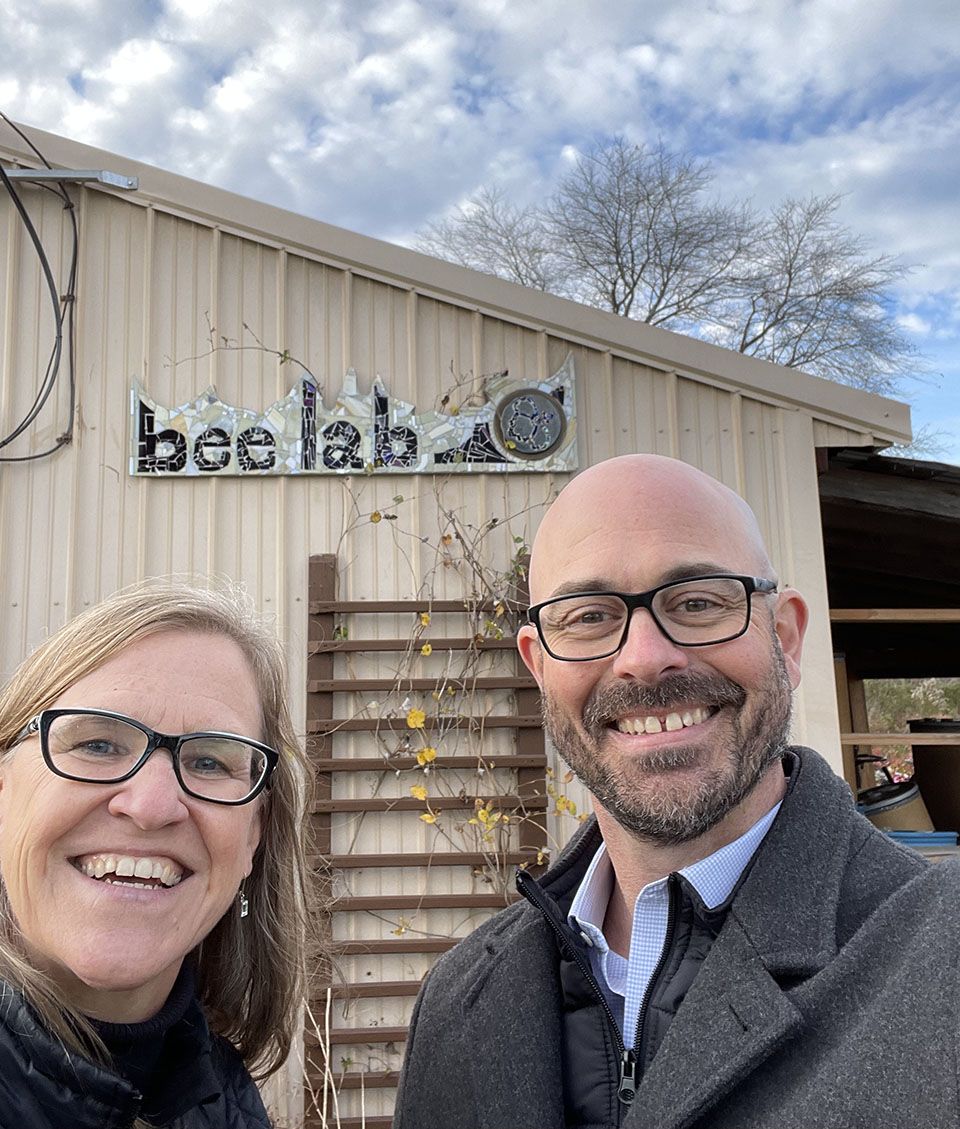
With expected increased investment and global need, the green economy is set to grow in the decades ahead. Regardless of the careers that students choose today, they will realize those careers in radically different and changing conditions throughout their lifetimes, for which an understanding of the science concepts underlying those changes, and the accompanying effects on environmental justice, are imperative. All of us in the museum sector have the opportunity to shape this future by putting our assets in service of empowering the young people in our midst to be the stewards that our future demands. Young people bring a fresh, intrepid and indefatigable energy to environmental solutions, especially when they see the impact of realizing their ideas and influencing others. Let's inspire and equip them to be the changemakers they inherently are, and that we all need them to be.

